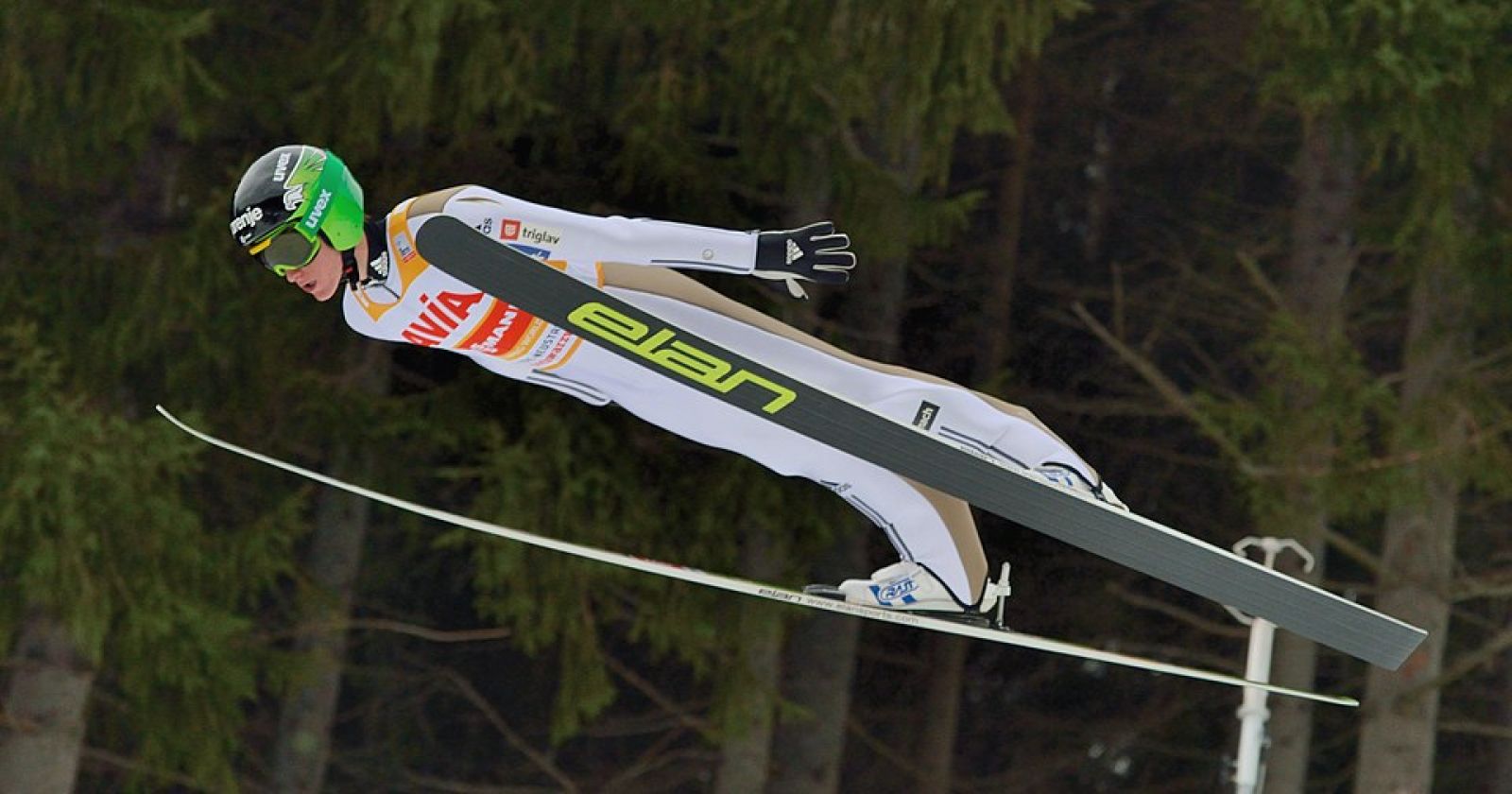What is this technological cheating scandal shaking the world of ski jumping? ⛷️
Follow us on Google News (click on ☆)
At the 2025 FIS Nordic World Ski Championships in Trondheim, two Norwegian athletes were disqualified for tampering with their suits. An investigation revealed hidden alterations, leading to provisional suspensions.
Ski jumping suits are crucial for aerodynamics and performance. Modifications, such as reinforced seams, can provide an illegal advantage by increasing lift during flight.
This isn't the first time ski jumping has been tainted by suit controversies. At the 2022 Winter Olympics, several jumpers were disqualified for wearing suits deemed too large.
The FIS has responded by lifting the athletes' suspensions for the off-season but maintains those of the involved officials. New strict regulations have been implemented to prevent future tampering.
Technological advancements in sports raise questions about the line between innovation and cheating. Examples like the swimsuits in 2000 illustrate this debate.
The FIS has announced measures to restore ski jumping's integrity, including strict suit inspections.
What is techno-doping in sports?
Techno-doping refers to the illicit use of technology to enhance athletic performance. This includes modifying equipment or using prohibited devices.
Unlike traditional doping, techno-doping exploits technological advancements. It presents unique challenges in detection and regulation.
Sports governing bodies must constantly adapt their rules to counter these practices. Collaboration with technology experts is crucial.
Techno-doping challenges the fundamental values of sports. It requires a comprehensive response to preserve fairness and competition integrity.
